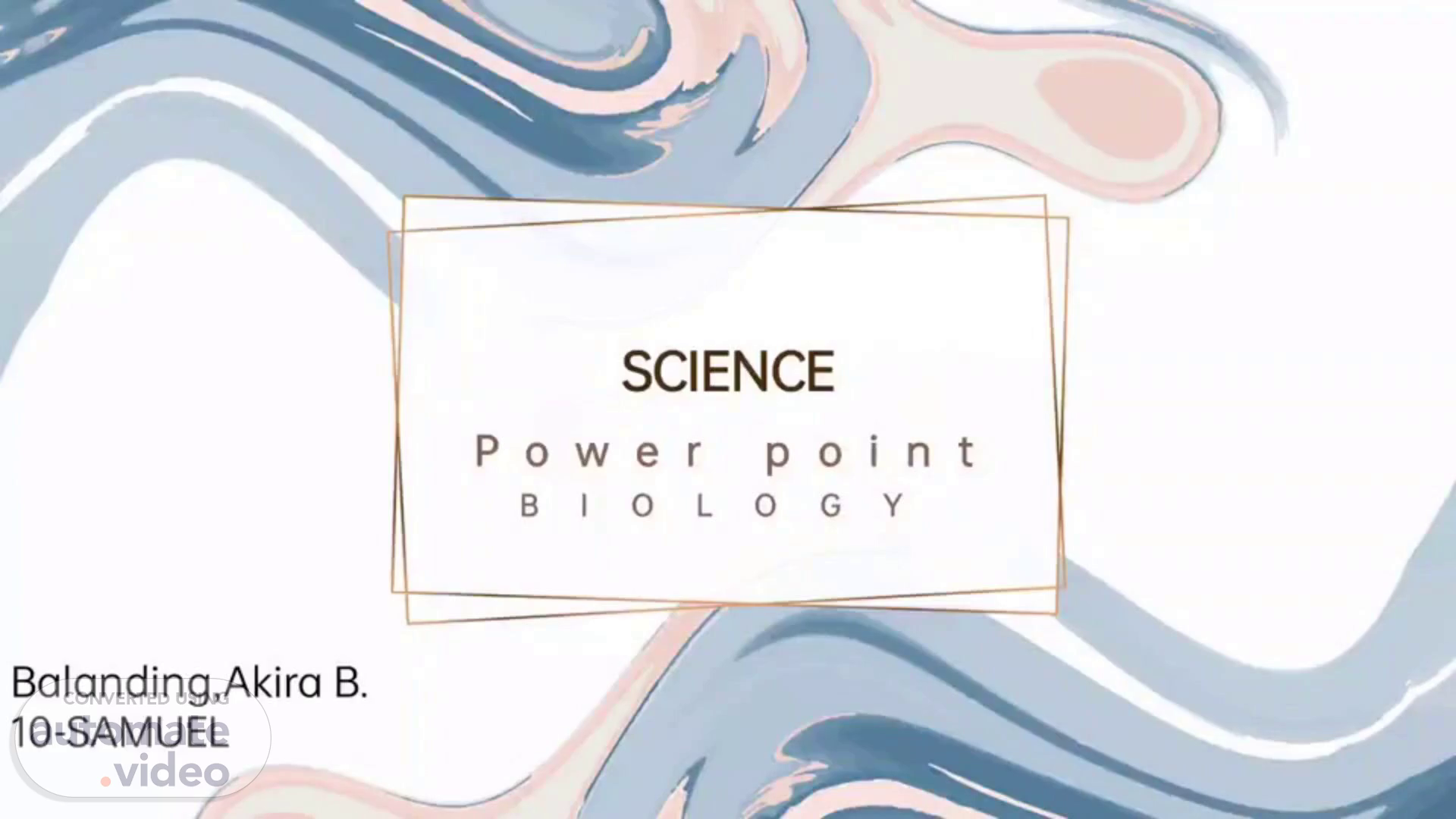Scene 1 (0s)
[Audio] Hi, let's talk about Science Biology DNA... What is DNA? The Blueprint of Life - Imagine a super-detailed instruction manual for building you – that's DNA! It's in almost every cell in your body. - It's made of tiny building blocks called nucleotides, like LEGOs for your genes. Each nucleotide has a sugar, a phosphate, and a base. - The bases are like letters in a code: A, T, C, and G. They always pair up: A with T, and C with G. Think of it like a zipper! - This code determines everything from your eye color to how tall you'll grow. The Double Helix The Twisted Ladder - The DNA molecule is shaped like a twisted ladder – a double helix – which is super cool! - The sides of the ladder are made of sugar and phosphate molecules. - The rungs are the base pairs (A-T, C-G). They fit together perfectly, like puzzle pieces. - This amazing structure allows DNA to be copied and passed down through generations. DNA Replication Copying the Code - Before a cell divides, it needs to make an exact copy of its DNA. It's like making a photocopy! - Special enzymes unzip the DNA molecule, separating the two strands. - Then, new nucleotides are added to each strand, following the base-pairing rules (A with T, C with G). - This ensures each new cell gets a complete set of instructions. It's like having two identical instruction manuals. DNA to Protein Building Blocks of Life - DNA holds the instructions for making proteins, which are the workhorses of your cells. - First, a copy of the DNA code is made into RNA (like making a working draft). This is called transcription. - Then, the RNA travels to ribosomes (tiny protein factories) where the code is used to build proteins. This is called translation. - Proteins do everything from building your muscles to fighting off infections. DNA and You Your Unique Code - Your DNA is unique to you (except for identical twins). It's like your personal genetic barcode. - It determines many of your traits, like eye color, hair color, and even your height. - Small changes in your DNA sequence can affect your health and increase your risk for certain diseases. Thank you for listening.
